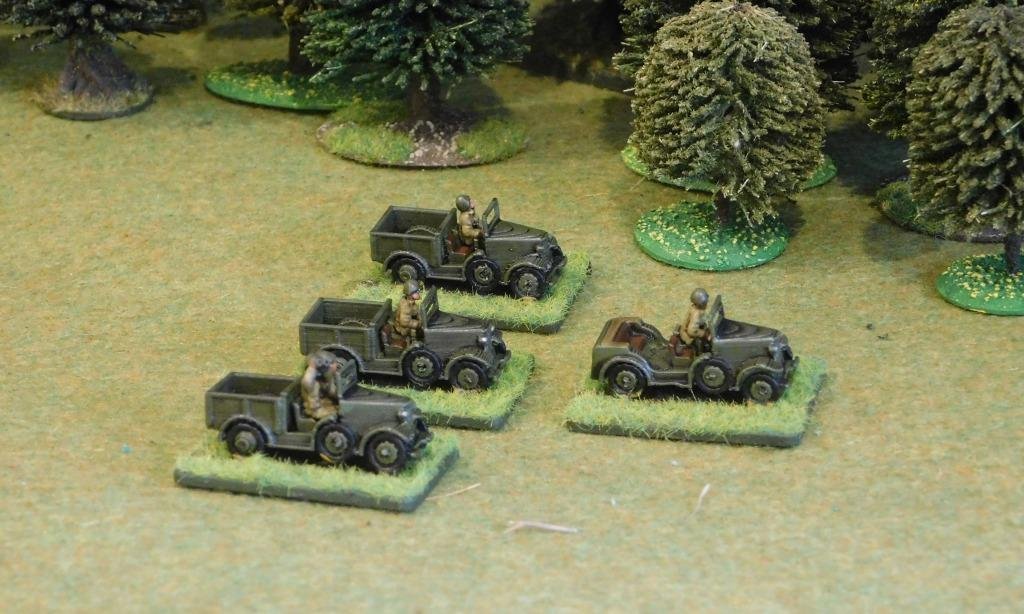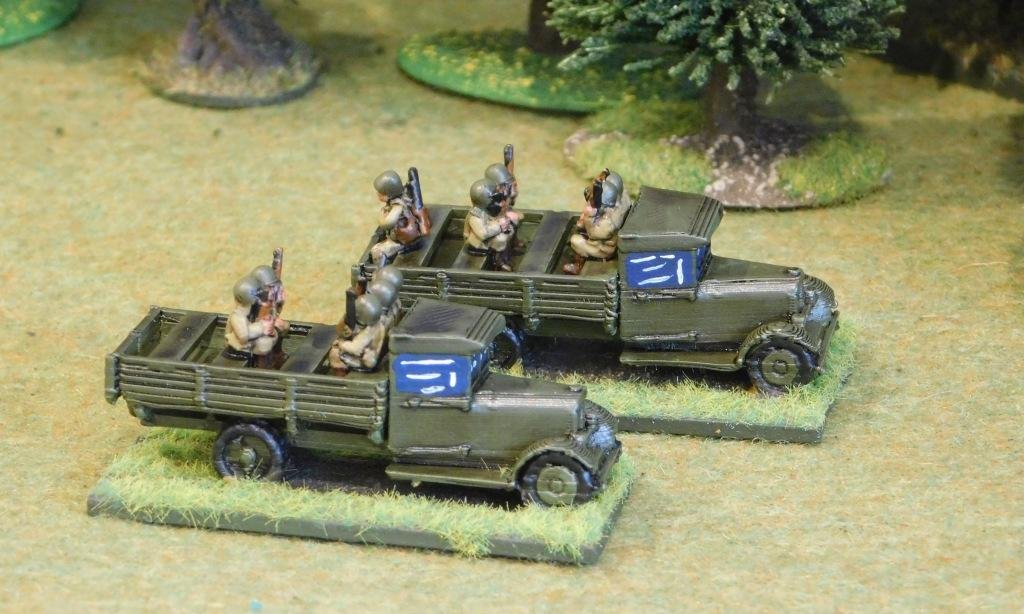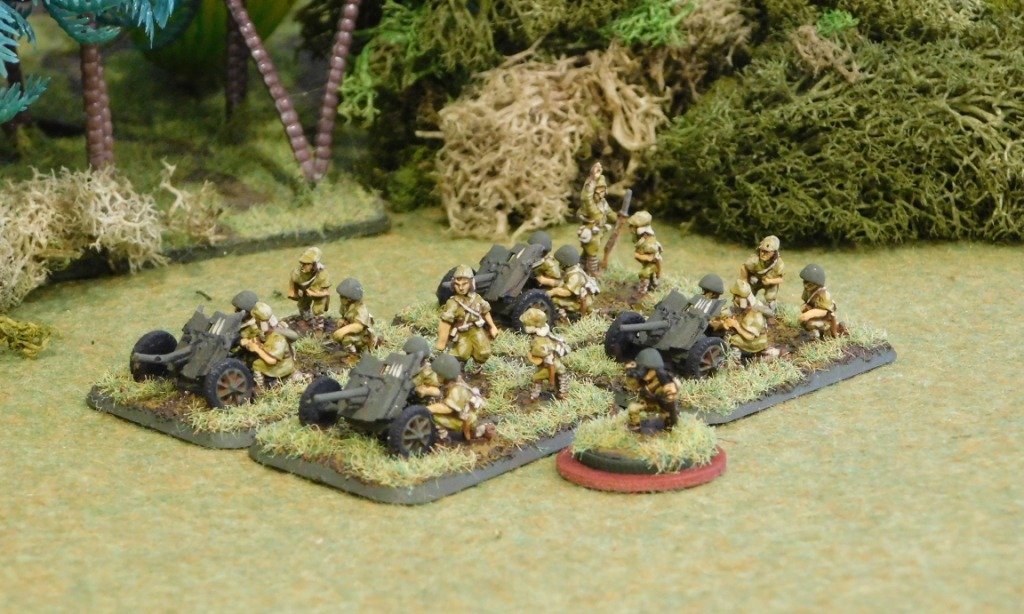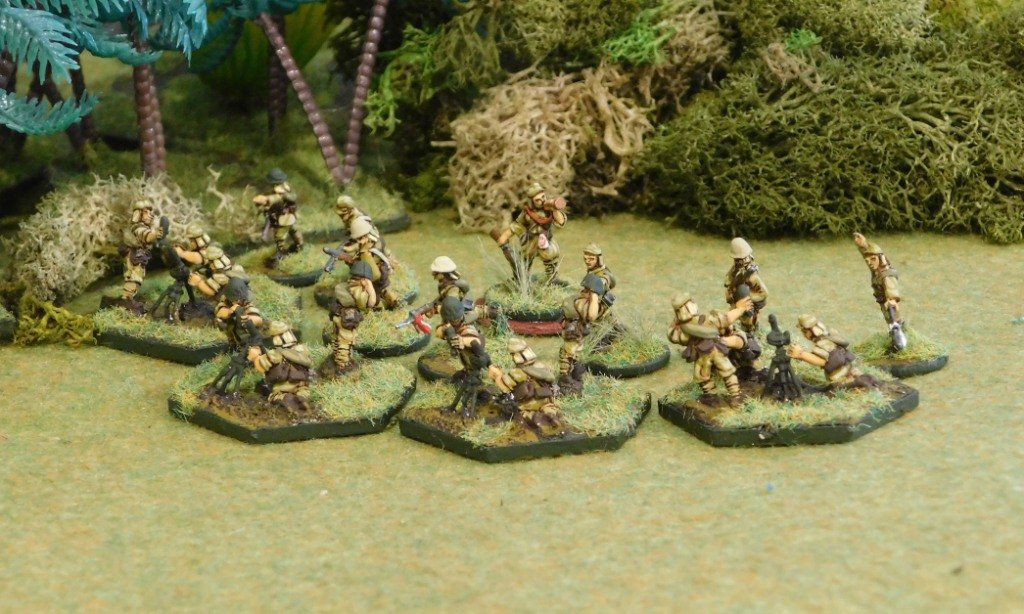US Tanks for North Africa
/Earlier this year, I bought the Kasserine boxed set at a show, and having already completed the Panzers for the Germans, it was time to have a crack at the Americans.
In the box, you get enough plastic sprues for five M3 Stuarts, four M3 Lees, and three M4 Shermans. To these I added not two French hens and a partridge in a pear tree but some Battlefront special edition Sherman base I’d had lying around for ages. Let’s take them each in turn.
The Stuarts
First up were the five Stuarts. The build did not get off to a great start when the first thing I did was to snap the gun barrel in half on the first Stuart I was building. I’ve often said that clipping the gun barrels from the sprue is often a risky business, and so it had proved again.
This was a real pain in the backside, but I solved it by using a decapitated pin instead. It’s the barrel on the command tank (the one with the chap sticking out the turret) in the picture above.
Otherwise, the build wasn’t too difficult, although getting the upper hull to sit flush on the main body proved almost impossible. That means that there’s a gap on both sides of most of the models, but I stuck the stowage on the side where it was worst and the paint job conceals the other.
As a point to note, these kits have no tolerance for badly clipped parts: you have to make sure there are absolutely no bumps or it just won’t fit together.
The Lees
The same notes about gun barrels and no tolerance applies to these kits as well. Also, you need to make sure that you get the 75mm gun the right way up: get it right and you can fix it in place without glue so that it swivels.
Otherwise, these kits go together well, especially the mudguards: they were actually strangely satisfying to fit!
The Shermans
This is where the fun began…but “fun” entirely of my own doing!
It was quite an overcast day when I sprayed these in the garage and, as is my custom, I took the trays with all thirteen tanks out of my spraying area and put them on the front step just outside the front door of the house. It’s a place that’s in the sun and, once dry, I wouldn’t have to go through the rigmarole of walking to the garage (all of twelve steps!), opening the garage door, getting the models, closing the garage door etc.
I then went into the house and started watching a bit of TV, eventually dozing off as I’d had an early start.
The thunder and lightning of an enormous storm woke me, and for a while I sat watching the lightning fork down and the wind sweep the rain horizontally across the front garden.
Then I remembered my models: still outside “drying in the sun”!
By the time I rescued them, the trays with the Stuarts and Lees were half an inch deep in water, and the tray with the Shermans was nowhere to be seen! I eventually spotted it blown down the drive some twenty metres away!
Rushing out into the teeth of the storm, I managed to rescue the Stuarts and Lees without too much difficulty, and then went back out into the darkness to find the Shermans. We leave no-one behind!
I found all three Sherman hulls, but only one turret, so the models below have been built using the spare turrets from some Plastic Soldier Company Shermans that I’d built some time ago: like many plastic models, there’s one PSC sprue for a Sherman that allows you to build all the variants i.e. it has the parts for various shaped turrets on it dependent on which variant of Sherman you are building.
Okay, so the turrets don’t turn, and have no .50 cal…but that’s better than throwing the incomplete models away and they seem to have turned out okay.
Fortunately, the Battlefront special I was also painting was made of metal and resin, so was a pretty solid affair that hadn’t been blown away in the wind.
Summary
So that’s another foothill of the lead mountain dealt with.
The Battlefront Kasserine box set is good value (especially the discounted price I paid for it) and the kits aren’t really too hard to put together. Take a bit more care than I do and none of them should be a problem.
One thing: no decals are included in the set. I’d have rather paid a bit more and had the right decals than have to specially buy a pack or two of yellow stars for the US tanks, and I couldn’t find anyone who does 15mm yellow strips to go either side of the stars like on the pictures of the models on the box. I could have tried to paint them myself, but experience has shown me how difficult that is, so I didn’t bother to even try!
Looking back at my post about building and painting the Panzers (click here) I see that I gave the German side of the box set a Recommended. I can’t give the US side of things the same rating, mainly because of the build on the Stuarts and the overall lack of specialist decals: it gets a solid Average for being convenient and good value, but that’s all.












































